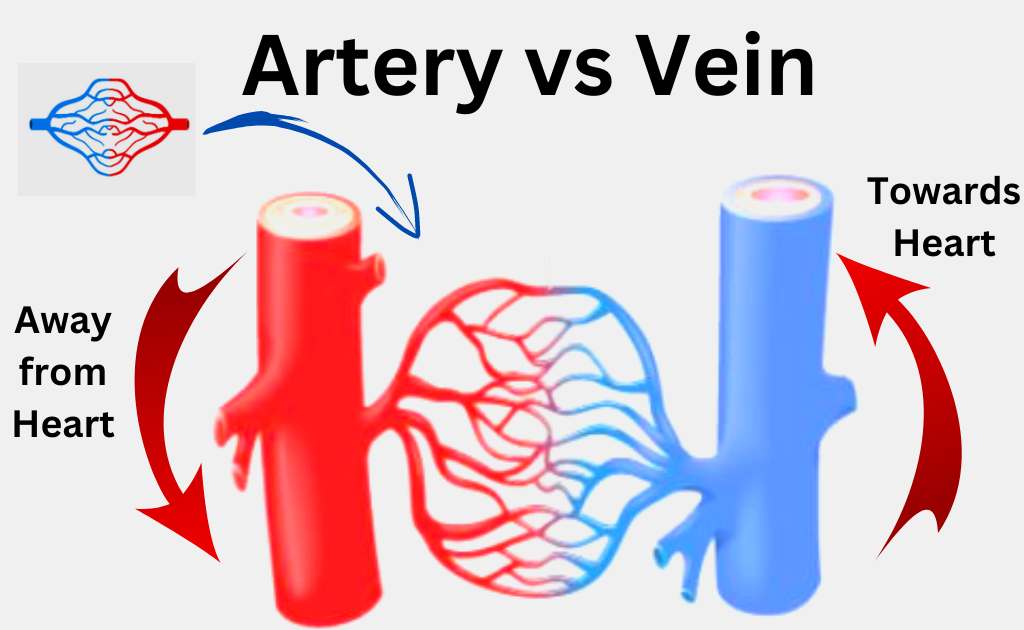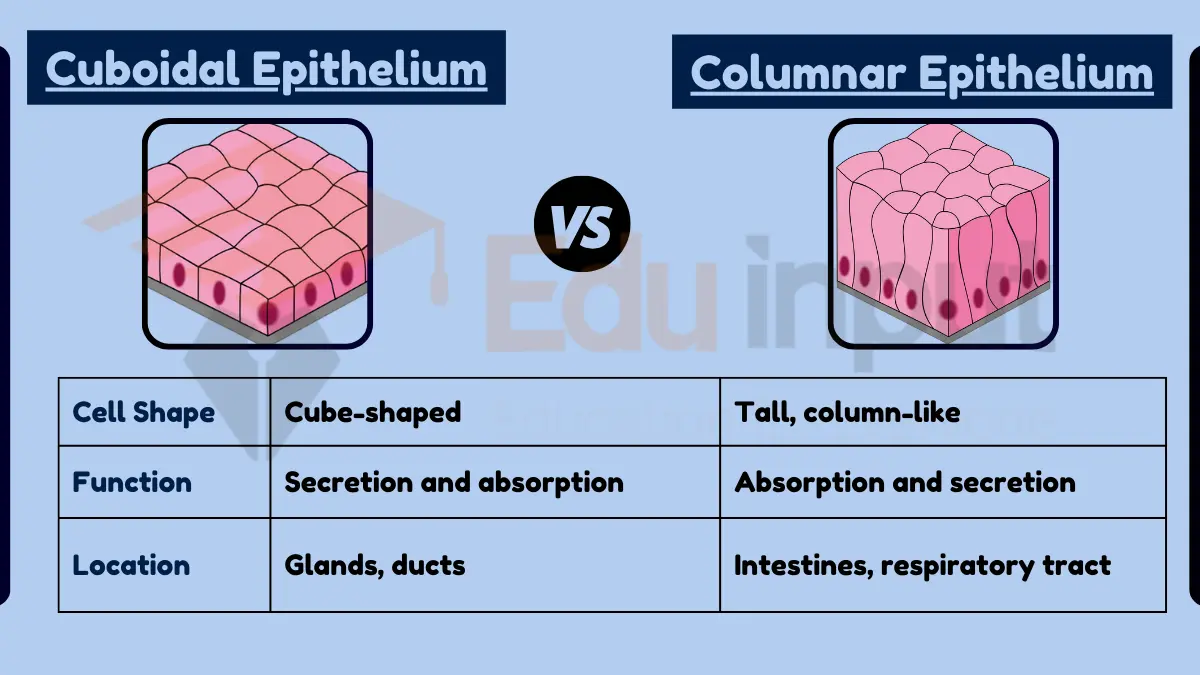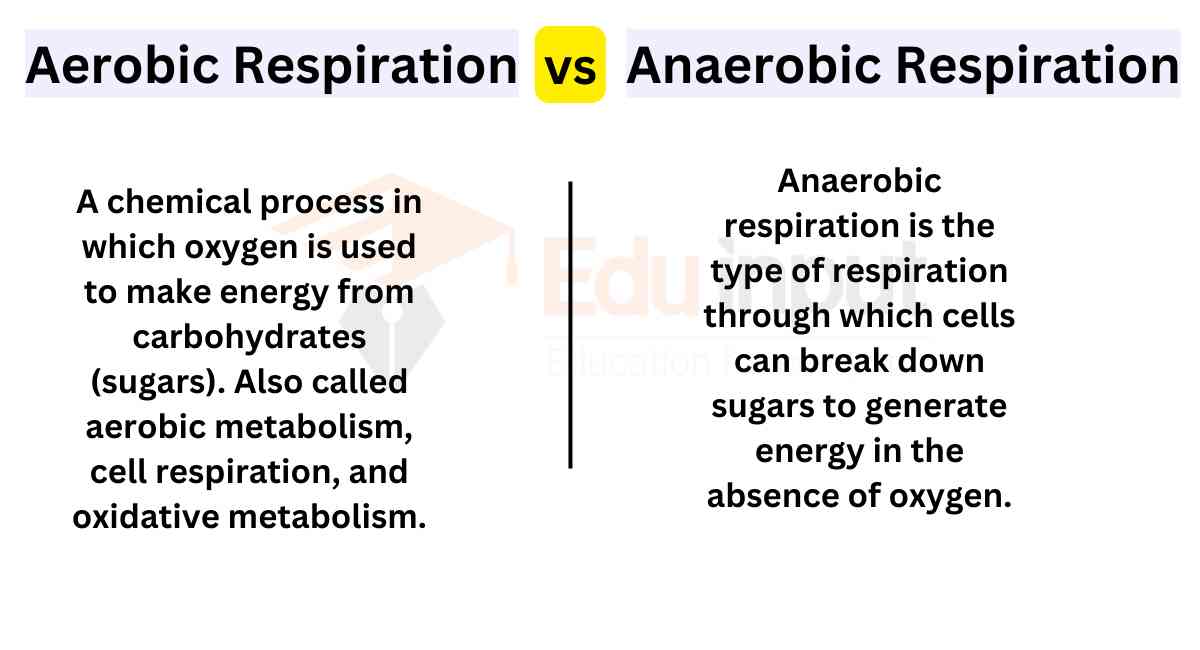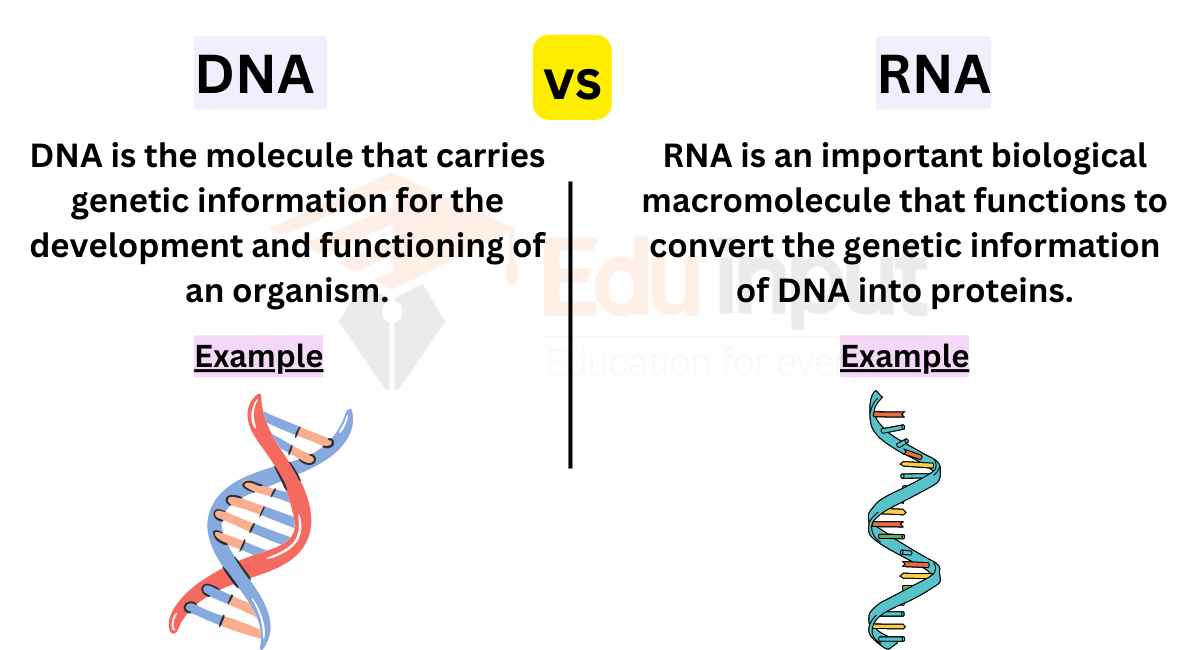Difference Between Arteries And Veins
The main differences between arteries and Veins are that arteries carry oxygenated blood away from the heart with high pressure, while veins collect deoxygenated blood back to the heart with low pressure, have valves to prevent backflow, and have thinner walls compared to arteries.

What are Arteries?
Arteries are an important part of your cardiovascular system. They are blood vessels that distribute oxygen-rich blood to your entire body. These tube-like vessels and the muscles inside them ensure your organs and tissues have the oxygen and nutrients they need to function. A condition called atherosclerosis can slow down blood flow through your arteries.
What are veins?
Veins are blood vessels located throughout your body that collect oxygen-poor blood and return it to your heart. Veins are part of your circulatory system and play an important role in keeping your blood moving.
They work together with other blood vessels and your heart to ensure that your blood is flowing properly. A majority of your blood is held in your veins – nearly 75% of it.
15 Differences Between Arteries And Veins
Here are the key differences between arteries and veins:
| Aspect | Arteries | Veins |
|---|---|---|
| 1. Blood Transport | Transport blood away from the heart to the various parts of the body through capillaries | Collect blood from the body through capillaries and transport it towards the heart |
| 2. Oxygenation of Blood | Carry oxygenated blood, except pulmonary artery | Carry deoxygenated blood, except pulmonary veins |
| 3. Valves | No valves, except at the base of the pulmonary trunk and aorta | Valves are present to prevent backflow of blood |
| 4. Blood Pressure | Higher blood pressure | Lower blood pressure |
| 5. Pulse | Exhibits pulse due to the wave of blood pressure from heartbeats | No pulse |
| 6. Blood Flow | Rapid flow, decreasing from aorta to arteries and arterioles | Flow rate increases from small to large veins |
| 7. Diameter and Wall Thickness | Smaller bore and thick wall | Larger bore and thin walls |
| 8. Muscle and Elastic Fibers | Thick layer of muscles and elastic fibers, aiding in pulsating blood flow | Thin muscle layer and fewer elastic fibers, less elastic |
| 9. Location | Often deeper within the body | Located closer to the body’s surface |
| 10. Collapsibility | Arteries are generally more rigid and less collapsible | Veins are more collapsible and can be compressed |
| 11. Blood Volume | Arteries contain a smaller portion of total blood volume | Veins contain a larger portion of total blood volume |
| 12. Branching | Arteries branch into smaller arterioles | Veins merge into larger venules |
| 13. Blood Color | Arterial blood appears brighter, often reddish | Venous blood appears darker, often bluish-purple |
| 14. Function in Capillary Beds | Arteries supply oxygen and nutrients to capillaries | Veins collect waste products and carbon dioxide from capillaries |
| 15. Response to Injury | Arteries constrict to minimize bleeding when injured | Veins dilate to increase blood flow and assist in healing |
Related FAQs
What is the main difference between arteries and veins?
The main difference between arteries and veins is the difference in the blood that they carry. The arteries carry oxygenated blood while veins carry deoxygenated blood. Arteries carry blood away from the heart while veins bring blood towards heart.
What are the structural differences between veins and arteries?
Arteries have thicker walls, more muscle and elastic fibers, and no valves.
Veins have thinner walls, fewer muscle and elastic fibers, and valves present.
Arteries have a smaller diameter and round shape, while veins have a larger diameter and collapsible shape.
Arteries carry oxygenated blood (except pulmonary artery), while veins carry deoxygenated blood (except pulmonary veins).
Arteries are deeper within the body, while veins are closer to the body’s surface.

 written by
written by 





Leave a Reply